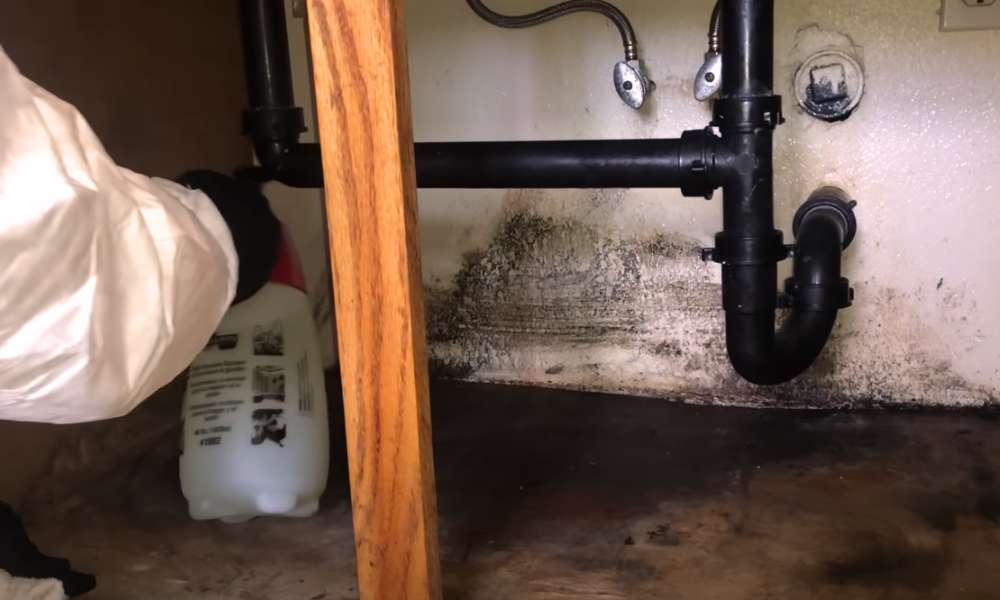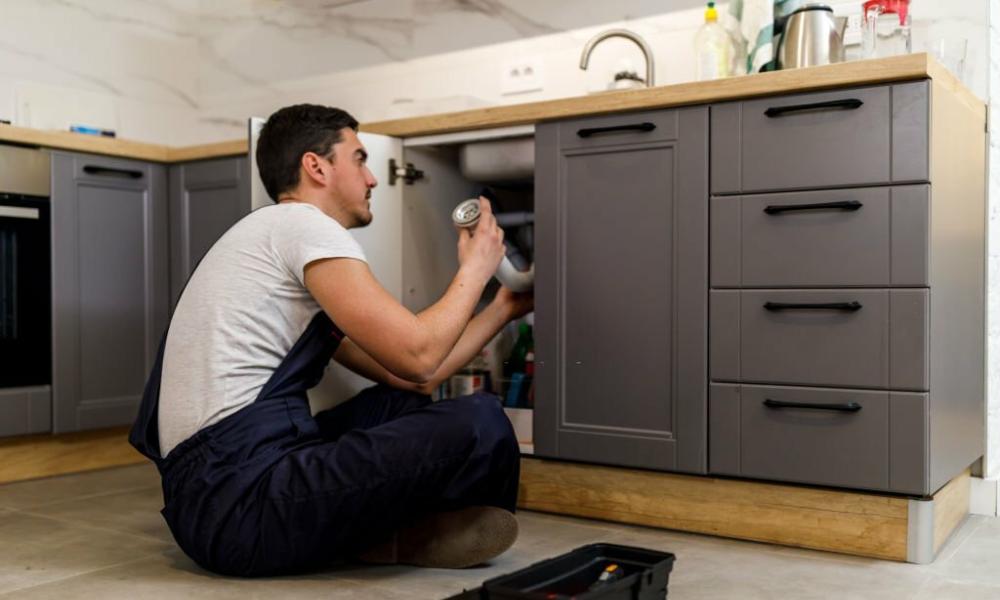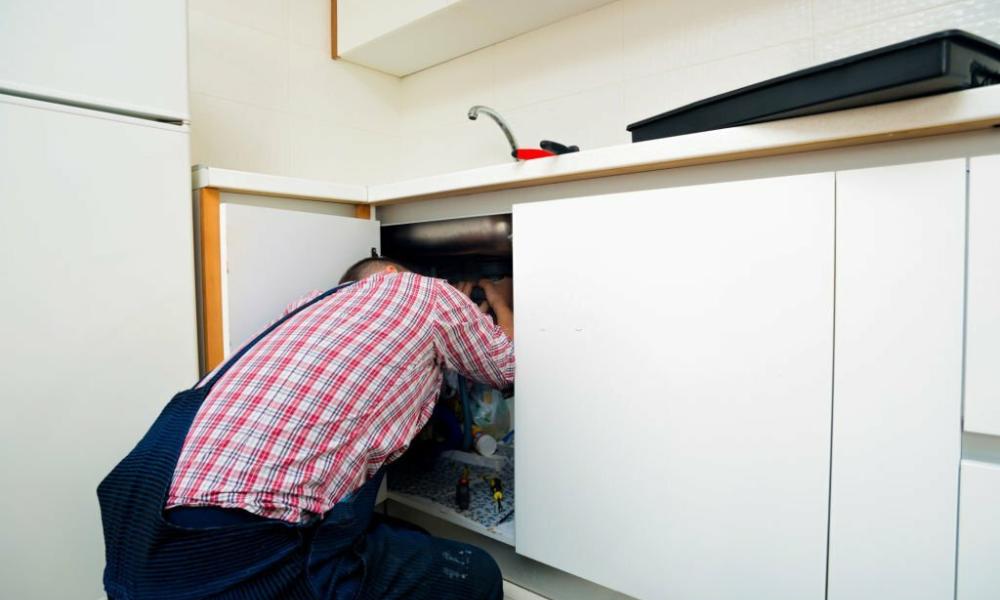To get rid of mold under The sink, Mix equal parts of water And white vinegar in a spray bottle. Spray The affected area, Then scrub And wipe it clean with a cloth.
Dealing with mold under The sink can be a common household issue. Whether it’s due to a plumbing leak or high humidity, It can grow in hidden spaces, Posing health risks And damaging your property. Not only does it look unsightly, But it can also cause musty odors And compromise The integrity of The surfaces it’s growing on.
We will explore effective And safe methods to remove mould from underneath your sink And prevent its return. By following these steps And taking preventive measures, You can ensure a clean And mould -free space under your sink.
Recognizing Mold Under Sink
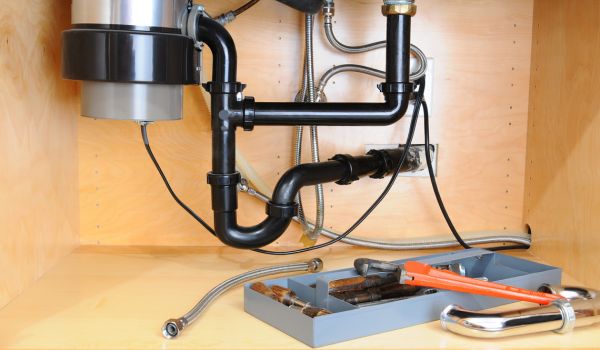
Recognizing mold under The sink is crucial for maintaining a healthy home environment. Identifying The early signs of presence And understanding its distinctive characteristics can help you take proactive steps to eliminate it. Moreover, Being aware of The potential health risks from mold exposure can empower you to prioritize The remediation of under your sink.
Key Signs Of Mold Presence
If you notice any of The following signs, It could indicate The presence of mold under your sink:
- Musty odor: A pungent, Musty smell emanating from The cabinet area can be a clear indication of mold growth.
- Visible discoloration: Look for any black, Green, Or white patches on The surfaces under The sink – these are often indicative of mould growth.
- Water damage: Any water leaks, Staining, Or warping in The cabinet can promote mould growth, Making it essential to address The issue promptly.
Distinctive Characteristics Of Under-sink Mold
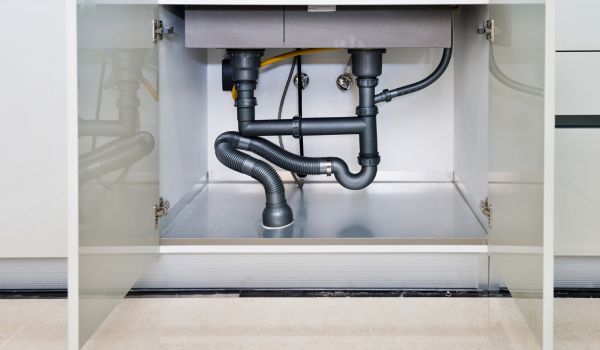
Under-sink mold exhibits specific characteristics that distinguish it from other types of household. These include:
- High humidity environment: The enclosed space under The sink provides a conducive environment for mold to thrive due to increased moisture levels.
- Organic matter: mould can feed on various organic materials commonly found under sinks, Such as wood, Paper, Or food residues, Accelerating its growth.
- Dark, Damp areas: Mold tends to proliferate in dark, Damp areas, Allowing it to spread rapidly if left unaddressed.
Potential Health Risks From Mold Exposure
Exposure to under-sink mold can pose potential health risks, Including:
- Respiratory issues: Mold spores can trigger allergies, Asthma, And breathing difficulties in susceptible individuals.
- Skin irritation: Contact with mould or its spores can lead to skin rashes, Itching, Or irritation.
- Sinus infections: Prolonged exposure can contribute to sinus infections And other upper respiratory problems.
Steps For Safe Mold Removal
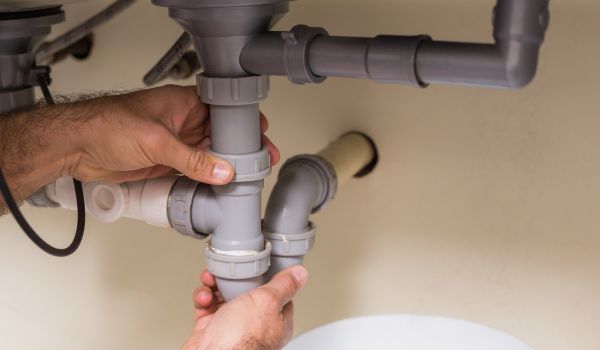
If you’ve noticed mold growth under your sink, It’s crucial to act quickly to remove it safely. mould can cause health issues And damage your home, So following The proper steps is essential for a successful removal process. Here are The necessary steps to safely remove mould under your sink.
Necessary Safety Gear For Mold Cleaning
Before beginning The mould removal process, It’s imperative to protect yourself with The right safety gear. Wear disposable gloves, Safety goggles, And a respirator mask to prevent inhaling mold spores And coming into direct contact with them. Additionally, Wear long sleeves And pants to cover your skin during the cleaning process.
Preparation Before Starting The Mold Removal Process
- Turn off The water supply to The sink to prevent any water leaks during The cleaning process. This will also reduce the risk of additional mould growth due to moisture.
- Remove any items stored under the sink to access the mould easily. Properly dispose of any items that show signs of mold infestation, As cleaning them may not be effective.
- Ventilate the area by opening windows And using fans to improve air circulation. This will help in reducing the concentration of mould spores in the air.
Natural Vs. Chemical Cleaning Agents
When it comes to choosing cleaning agents for mould removal, You have The option of using natural or chemical-based products.
| Cleaning Agents | Characteristics |
| Natural Cleaning Agents | Environmentally friendly, Safe for households with children And pets, May require longer exposure time And repeat applications. |
| Chemical Cleaning Agents | Stronger And faster acting may emit strong fumes, Require careful handling And adequate ventilation, Suitable for severe mould infestations. |
Get Rid Of Mold Under Sink
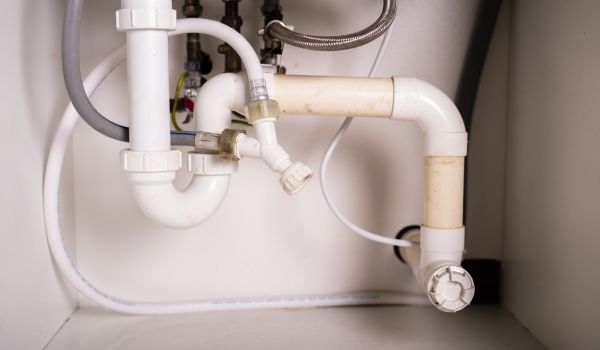
Rid mold growth under The sink is unsightly And a potential health hazard. Getting rid of mould under The sink requires a systematic approach to ensure thorough removal. In this article, We will discuss detailed cleaning process guidelines, Home remedies for mold removal, And commercial products for effective results to help you combat this common household issue.
Detailed Cleaning Process Guidelines
Effective cleaning is crucial to eliminate mold under The sink. To get rid of mould , Follow these detailed cleaning guidelines:
- Remove all items stored under The sink to access The affected areas.
- Wear protective gear, Including gloves And a mask, Before starting The cleaning process.
- Thoroughly scrub The affected area with a mixture of water And mild detergent using a scrub brush.
- Rinse The area with clean water And dry it completely using a cloth or a fan to prevent mould growth.
- Seal any leaks or damaged plumbing to prevent moisture accumulation, Which can lead to future mould growth.
Home Remedies For Mold Removal
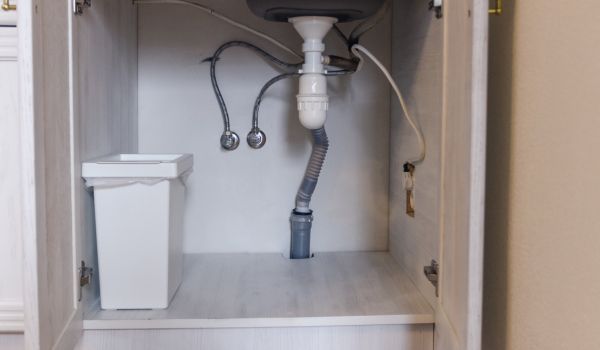
Several home remedies can effectively remove mould under The sink. Here are some natural methods you can try:
- Mix equal parts of white vinegar And water in a spray bottle And apply it to The affected area. Let it sit for a few hours before wiping it clean.
- Create a paste using baking soda And water, Then apply it to The moldy surface. After letting it sit for a few hours, Scrub The area And rinse it thoroughly.
- Use hydrogen peroxide as a mould remover by applying it to The affected area And allowing it to sit for 10 minutes before wiping it clean with a damp cloth.
Commercial Products For Effective Results
If The mold infestation is severe, Consider using commercial products designed for mould removal. Look for mold-specific cleaners that contain antimicrobial agents to effectively eliminate The mould under The sink. Follow The manufacturer’s instructions for application And safety precautions when using commercial products.
Preventing Future Mold Growth
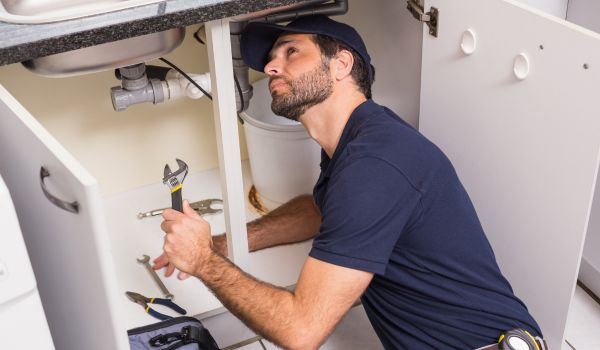
A key step in keeping mold from reappearing under your sink is implementing effective prevention strategies. By maintaining a dry environment And ensuring adequate ventilation, You can minimize The risk of mould growth. In addition to regular upkeep, Incorporating daily practices to reduce moisture buildup is crucial for long-term mold prevention.
Maintenance Tips To Keep The Area Dry
Regular maintenance of The area under The sink plays a vital role in preventing mould growth. Here are some effective tips to keep The area dry:
- Fix any leaks or drips promptly to prevent water accumulation.
- Regularly check for And repair any damaged seals And caulking around pipes And drains.
- Install a leak detection system to identify any water leaks early.
- Consider using moisture-absorbing products, Like silica gel packets or dehumidifiers, In The cabinet under The sink to reduce moisture levels.
Adequate Ventilation Solutions
Proper ventilation is essential for preventing mold growth. Here are some solutions to ensure adequate ventilation under The sink:
- Install a vent fan or exhaust fan in The room to improve air circulation And reduce humidity levels.
- Consider adding air vents or grilles in The cabinet doors to allow air to circulate freely.
- If possible, Leave The cabinet doors open periodically to allow air to flow in And out of The space.
Daily Practices To Minimize Moisture Buildup
Incorporating daily practices to minimize moisture buildup can significantly reduce The risk of mold growth under The sink. Here are some essential practices to follow:
- Wipe down The sink And surrounding areas regularly to remove any standing water or moisture.
- Avoid storing damp items under The sink, And ensure any cleaning supplies are fully dry before putting them away.
- Use a small portable fan to promote air circulation under The sink after using water in The area.
When To Call Professionals

Rid mold under The sink can be a tricky problem to tackle on your own. In some cases, It may be best to leave The remediation to professionals. Mold growth in damp And dark areas, Such as under The sink, Can often indicate a larger issue. Knowing when to call in The experts can save you time, And money, And ensure The problem is handled thoroughly And safely.
Scenarios Requiring Expert Intervention
There are certain scenarios where it’s crucial to bring in professional mould remediation services. Some of these scenarios include:
- Extensive mould growth covering a large area
- Mold growth in hard-to-reach places, Such as within The walls or flooring
- Frequent mould recurrence despite DIY cleaning efforts
- Mold in a home with residents who have underlying health conditions
Benefits Of Professional Mold Remediation
Opting for professional mold remediation offers a range of benefits, Including:
- Thorough assessment And identification of The root cause of The mould growth
- Safe And effective removal of mould , Including hidden mould in difficult-to-access areas
- Prevention of future mould growth through proper treatment And recommendations
- Professional-grade equipment And techniques for comprehensive mould removal
- Peace of mind knowing The issue has been addressed by experienced professionals
Choosing The Right Mold Removal Service
When selecting a mold removal service, It’s important to consider certain factors to ensure you’re hiring The right professionals for The job. Some key points to keep in mind include:
- Valid certifications And licensing in mould remediation
- Positive reviews And testimonials from previous clients
- Transparency in pricing And The scope of work
- Use of environmentally friendly And safe mould removal products
- Warranty or guarantee for The effectiveness of their services
Frequently Asked Questions
What Causes Mold Under Kitchen Sink?
Rid mold under The kitchen sink is caused by moisture buildup from leaks or high humidity. Standing water And organic materials like wood or paper also contribute to mould growth. Regular inspections And fixing leaks can prevent mould . Keep The area dry to discourage mould growth.
Is Mold Under Sink Toxic?
Yes, Mould under The sink can be toxic. It can release harmful spores And mycotoxins, causing health issues. Regular inspection And prompt removal are crucial.
How Do I Stop Mold From Growing Around My Sink Drain?
To stop mold around your sink drain, Regularly clean The area with a combination of water And vinegar. Ensure The area is dry And well-ventilated to prevent mould growth. Fix any leaks And consider using a mould-resistant sealant. Keep The area clean And dry to prevent future mould growth.
Conclusion
Rid Mold under The sink is a common problem, But with The right tools And techniques, You can effectively eliminate it. By implementing regular cleaning And maintenance routines, You can prevent mould from returning in The future. Remember to stay proactive And address any potential water leaks promptly to keep your sink area mould-free.
